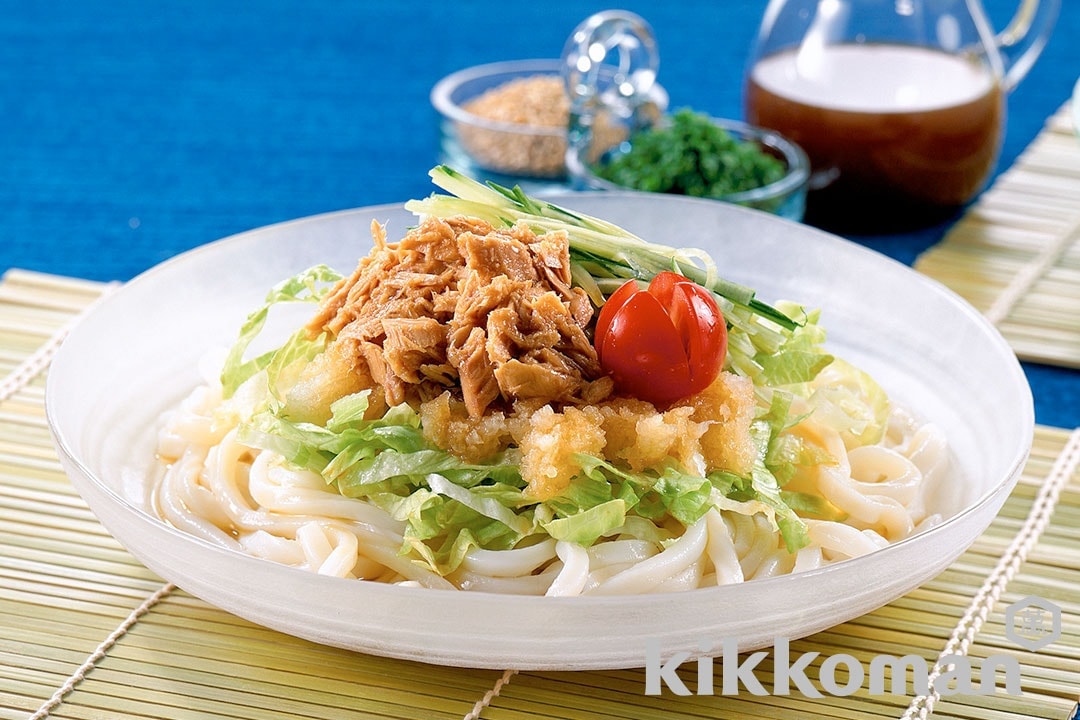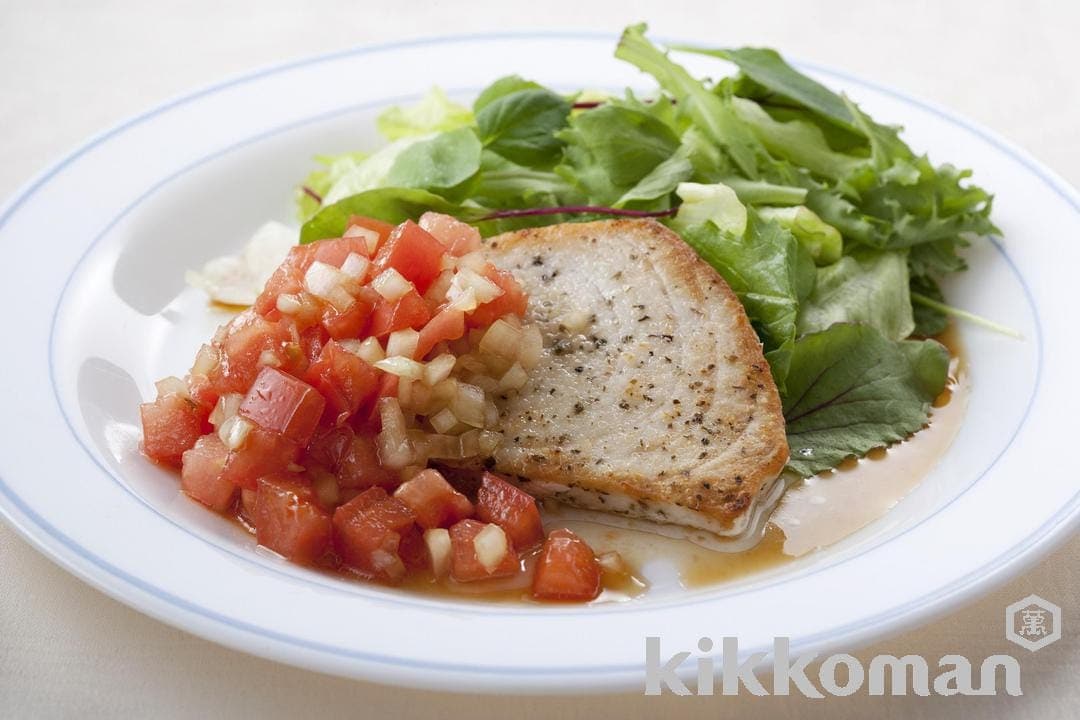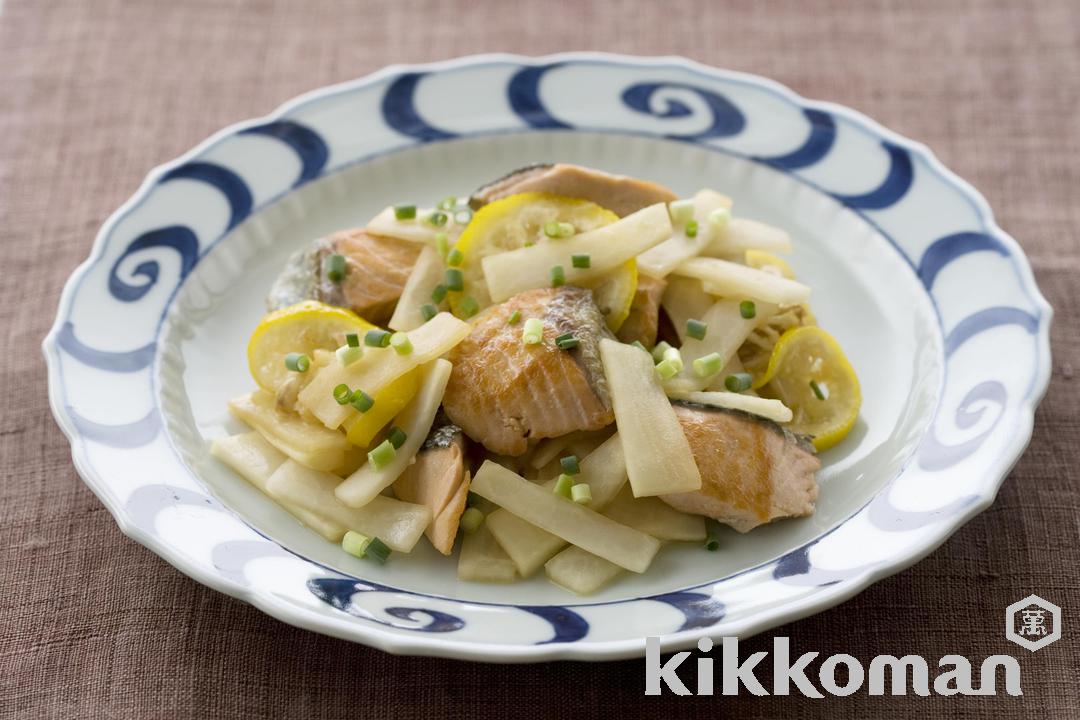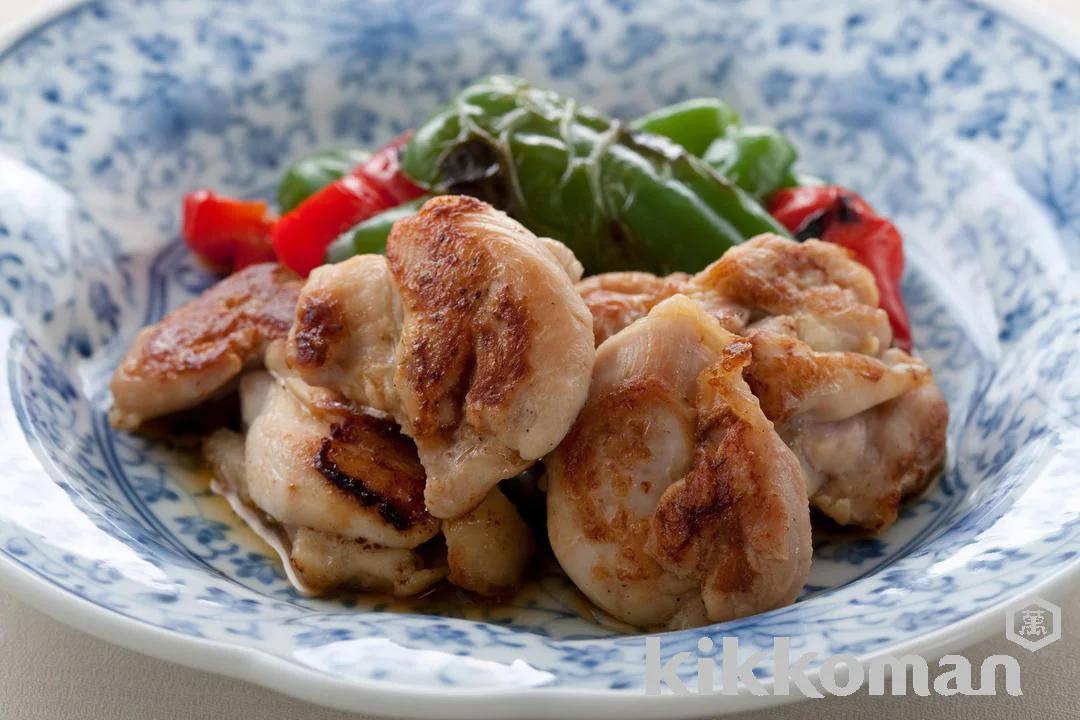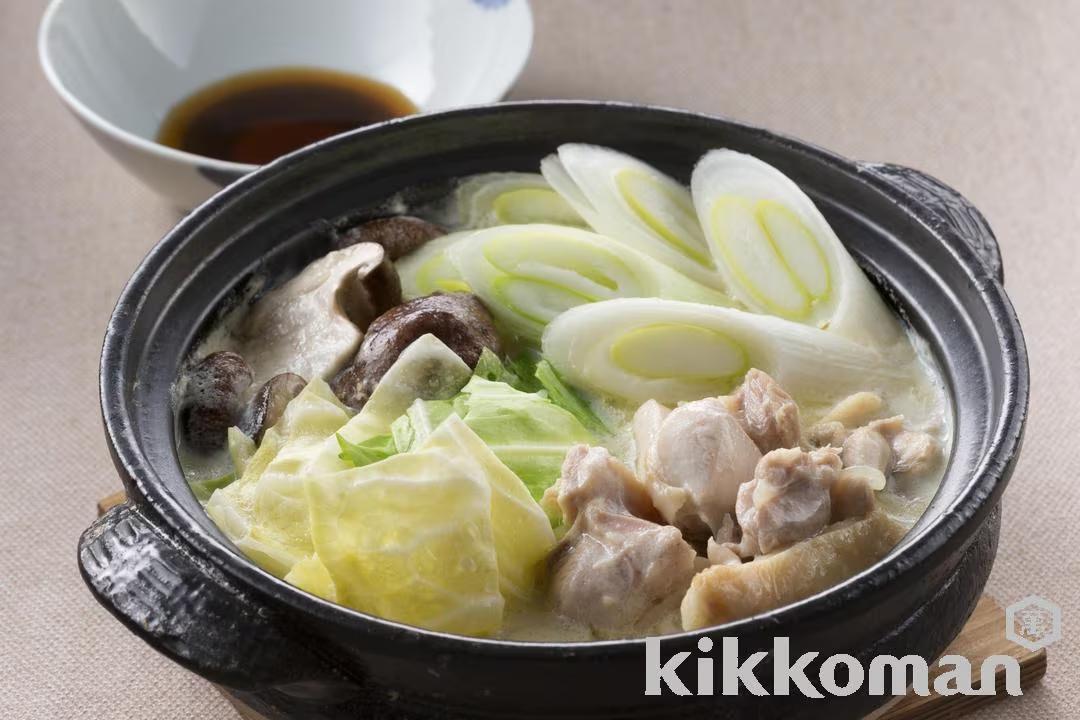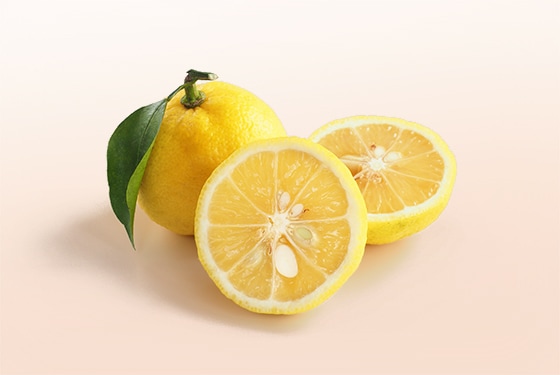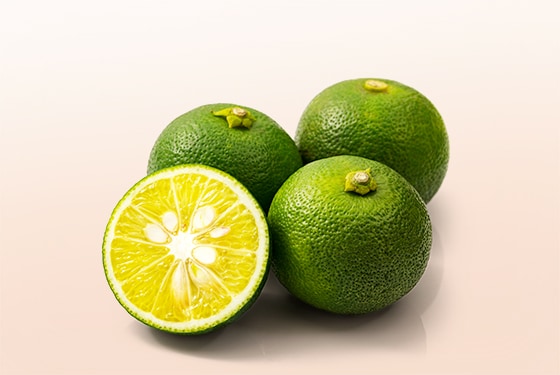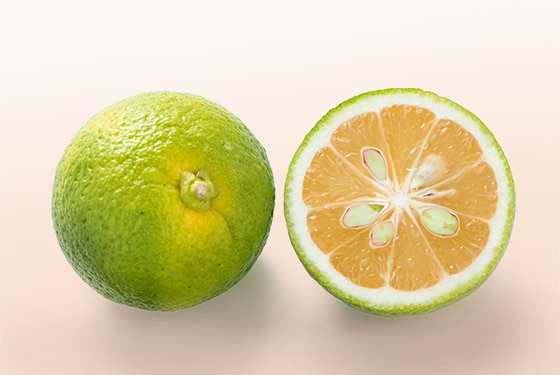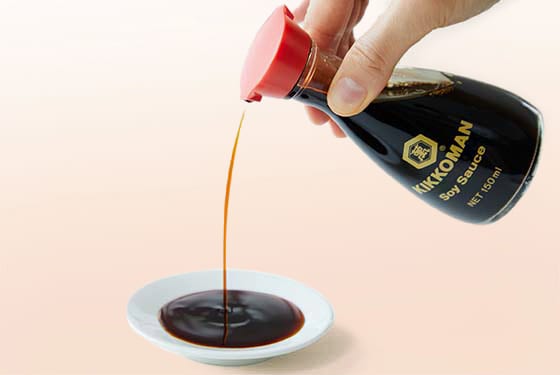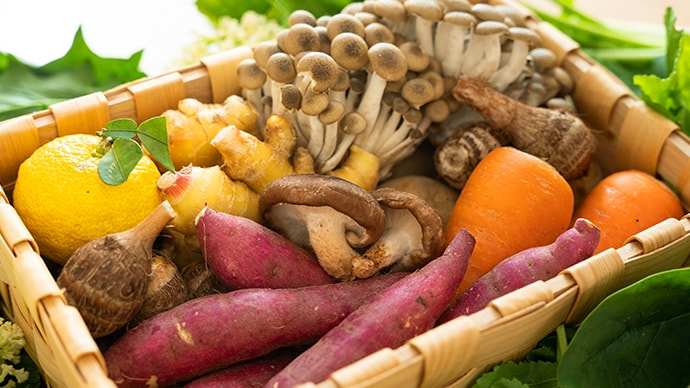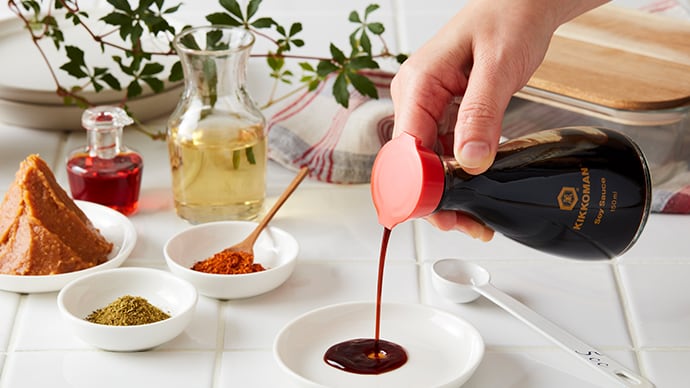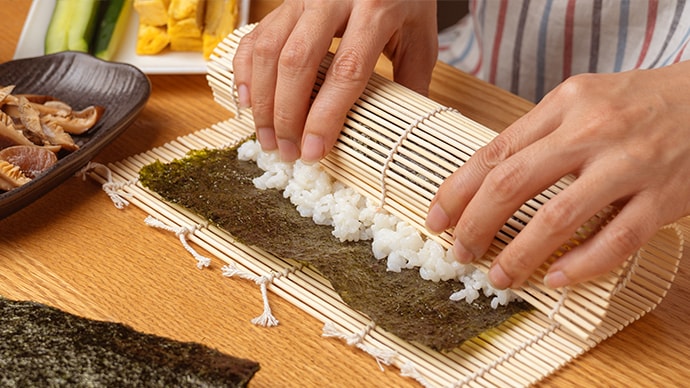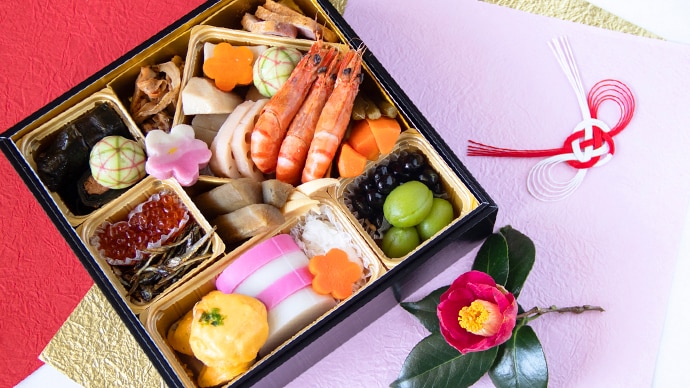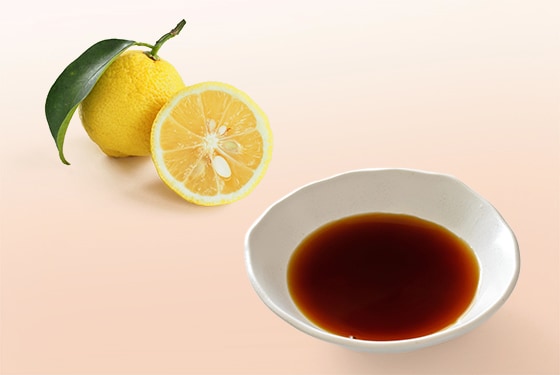
A seasoning originating from washoku (traditional Japanese cuisine) with a characteristically citrusy refreshing flavor and aroma
What is ponzu sauce?
Ponzu sauce (ぽん酢 in Japanese) is a washoku seasoning made using the juice of citrus fruits. The tanginess and aroma of the citrus juice enhance the flavor of dishes, and one of ponzu’s defining characteristics is its ability to compensate for a lack of saltiness. There are several theories about the origin of the word “pon” in ponzu. One suggests it comes from the Dutch word pons, another from the Portuguese word pom—both of which refer to citrus fruit juice. In Japanese, the katakana rendering “ぽん” (pon), used for foreign loanwords, was combined with the kanji character for vinegar, “酢” (su), to form the name ぽん酢 (ponzu).
Seasonings made by combining citrus fruit juice with soy sauce, resulting in a brownish color, are more accurately referred to as “ponzu soy sauce”. In contrast, lighter-colored seasonings that are primarily composed of citrus juice are, in the narrow sense, called “ponzu sauce.” However, in modern Japan, the distinction between the two is not clearly recognized, and ponzu soy sauce is often broadly referred to simply as “ponzu sauce.” Here, we use the term “ponzu sauce” to refer to ponzu soy sauce.
Freshly prepared ponzu sauce
With soy sauce, 100% citrus juice, vinegar, and dashi ingredients like katsuobushi (dried, fermented, and smoked bonito), ponzu sauce can be easily made at home. The flavor will vary depending on the type of citrus used and the ratio of vinegar to juice. A higher proportion of vinegar results in a more robust tartness. Mirin or sugar can also be added to adjust sweetness to taste.
Below is information on citrus fruits commonly used in store-bought ponzu sauces.Yuzu, Sudachi Citrus, Kabosu Citrus, Shikuwasa Citrus, Lemon
Blended citrus juices, such as yuzu and lemon, or sudachi and kabosu, are also used. You can also find recipes for homemade ponzu sauce at our online cookbook.
Usage and cooking effects
Ponzu sauce is a versatile seasoning that can be used in a variety of cooking methods. While it's most commonly used as a dressing or dipping sauce, it also adds delicious flavor when used in cooking. As a topping, ponzu sauce is often poured over salads, boiled vegetables, cold tofu, grilled meat, or fish. As a dipping sauce, it's frequently served with sashimi, potstickers, shabu shabu, and other hot pot dishes. Ponzu sauce is also well-suited for heated preparations, such as marinades for roasts or seasoning for stir-fried dishes. It pairs especially well with grated daikon radish, and the two are often served together in washoku.
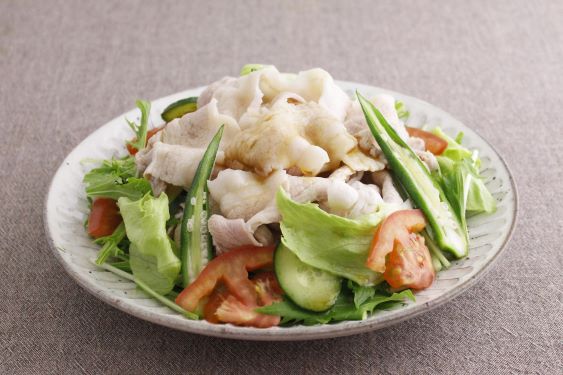
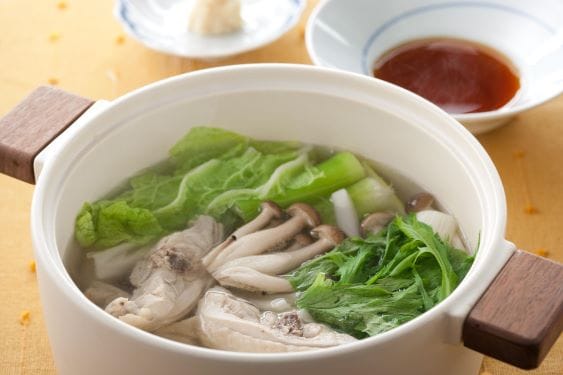

About Kikkoman Ponzu Sauce
We produce and market Kikkoman Ponzu Sauce both in Japan and overseas. Our products can be used in the same way as other ponzu sauce. Instead of blending ingredients yourself, Kikkoman Ponzu Sauce comes ready to use in a bottle for quick and easy seasoning. Detailed information on Kikkoman Ponzu Sauce is available below.
Basic ingredients
The basic ingredients are citrus juices such as yuzu and sudachi, soy sauce, and vinegar. Some varieties also include the dashi ingredients of kombu, katsuobushi, and shiitake mushrooms. Each ingredient contributes a distinct taste: citrus juice and vinegar provide sourness, soy sauce adds saltiness, and both soy sauce and dashi ingredients contribute umami (savoriness).
※ Ingredients vary by product. For detailed information, please refer to the label on the back of each product or visit the product page of our regional websites.
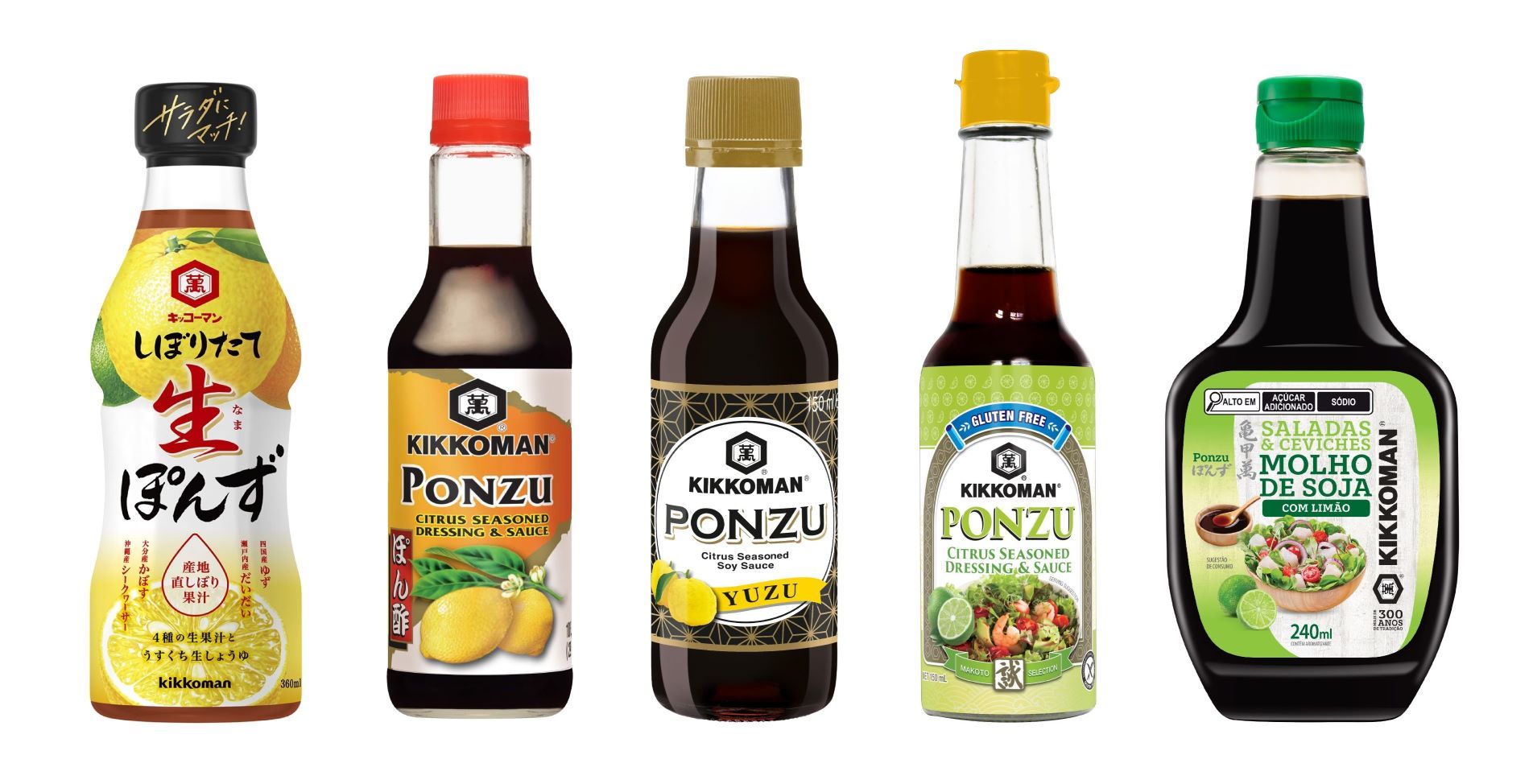
Storage to prevent food loss
Ponzu sauce contains fruit juice, which makes it more perishable. After opening, it should be refrigerated and used within 2 to 4 months, following the instructions on each product label. Sediment from dashi or juice ingredients may settle at the bottom, but this does not affect the product's quality. If sediment is present, shake well before use to ensure even flavor.
Related Recipes
10min
405kcal
1457mg
20min
224kcal
709mg
20min+
340kcal
900mg
20min
347kcal
709mg


